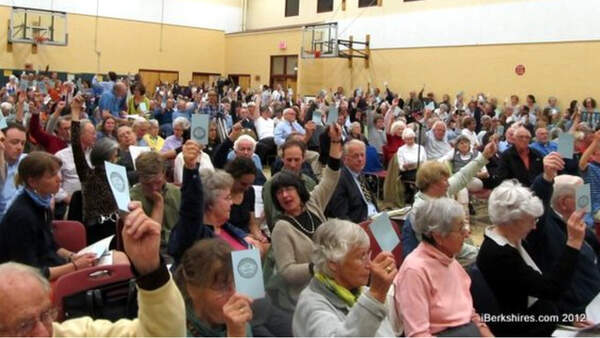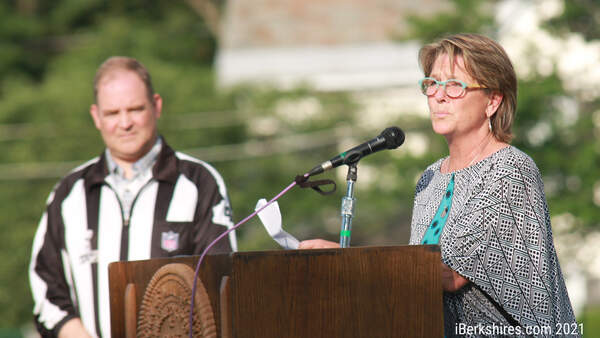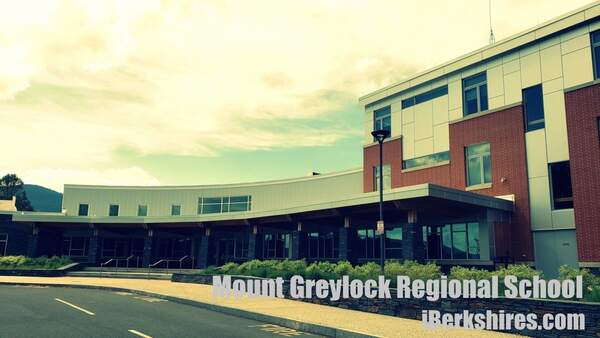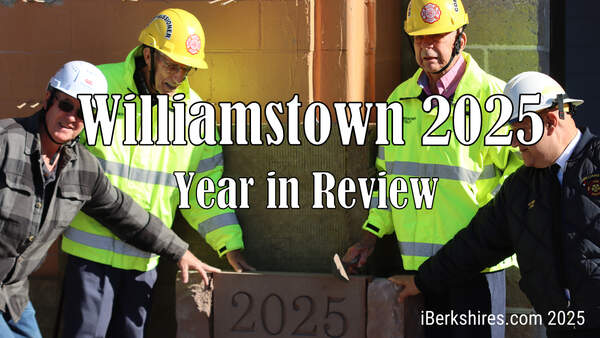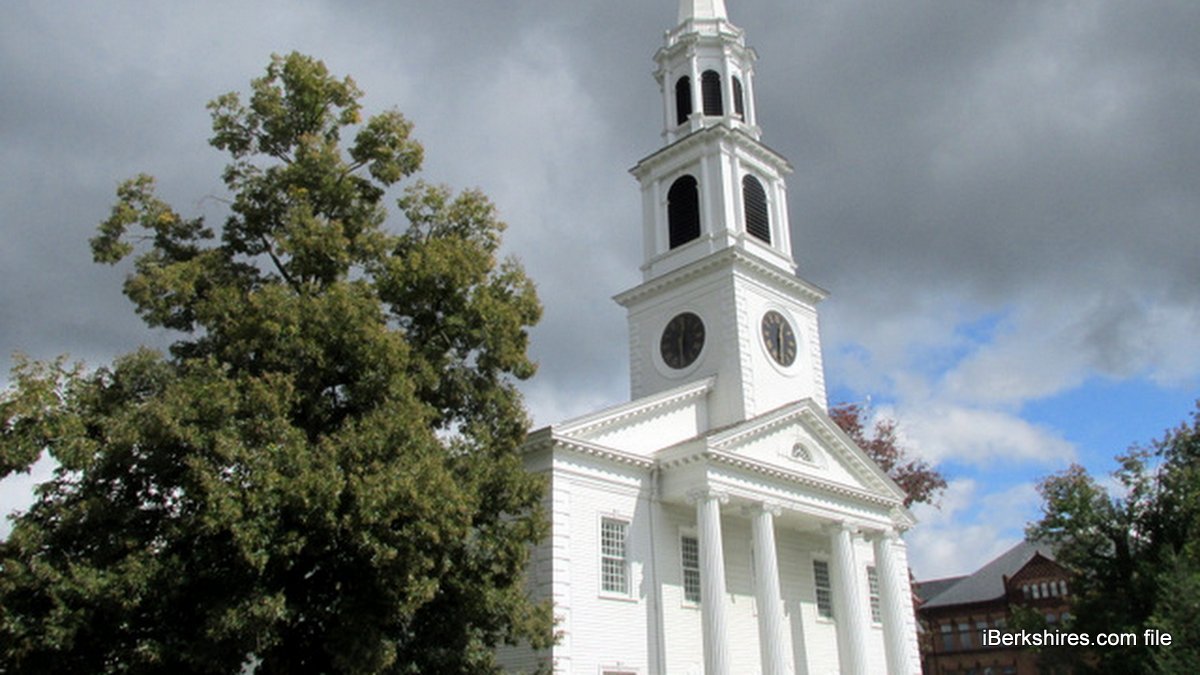
Williamstown Community Preservation Panel OKs 8 Applicants
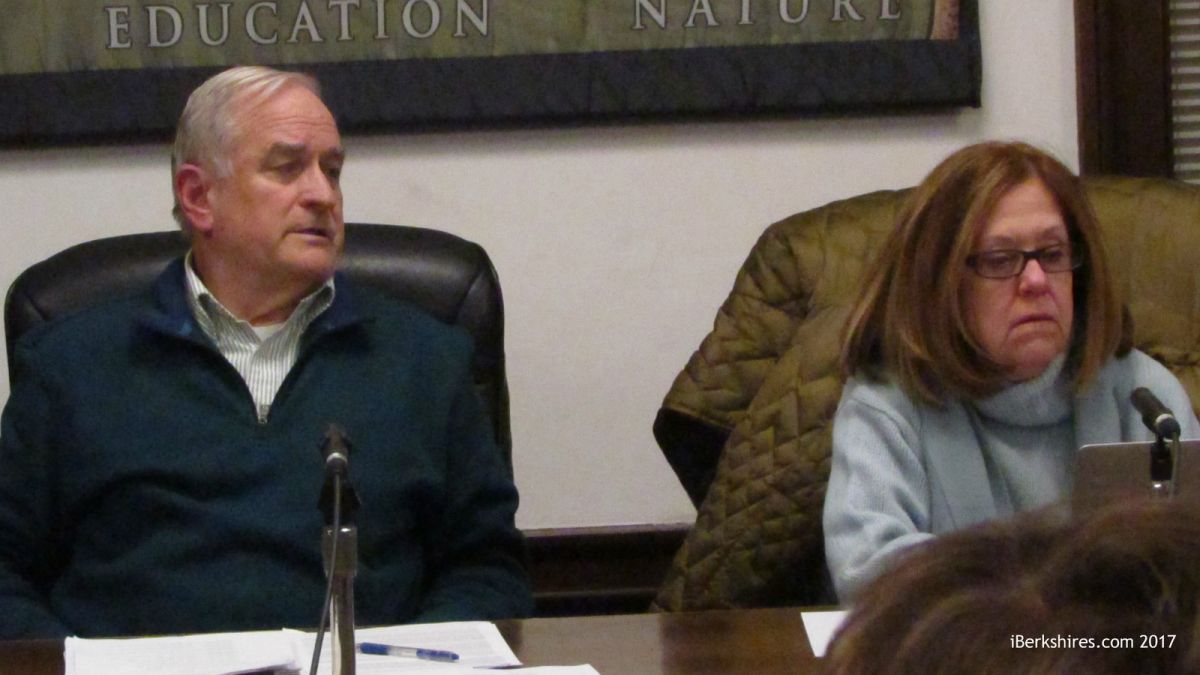
WILLIAMSTOWN, Mass. — After an evening filled with votes, revotes, bargaining and multiple appeals from some applicants, the Community Preservation Committee on Tuesday finalized the recommendations for funding it will send to town meeting later this year.
In the end, all eight of the applicants received positive recommendations from the eight-person committee, which has the responsibility of vetting proposals and crafting articles for the annual town meeting warrant.
Four of the projects were recommended out of committee with the full funding requested. Four saw their requests trimmed as the committee struggled to develop some fiscal discipline and maintain some of the surplus it inherited from the fiscal 2017 allocations.
That carryover was $134,514 — an amount less than the town thought it would have in the account just a few months ago. That is because the town received $46,000 less from the commonwealth in terms of a match than Williamstown projected during the FY17 funding discussions.
If town meeting in May follows the recommendations voted by the committee on Tuesday night, the FY18 carryover would be $65,405 plus whatever the town receives in the form of a state match this year.
Town Manager Jason Hoch, who serves on the CPC, told his colleagues he will not know the actual amount of that state match until the fall, and he urged the committee to make FY18 allocations based solely on the cash at hand and making no assumptions about the state match.
"I think it is worthwhile for us to consider not having available to us a projected state match," Hoch said. "And we should move to having that as lagging for the next year."
The town portion of the CPA comes from a 10 2 percent surcharge on property tax bills (exempting the first $100,000 in valuation) since the town adopted the act in 2002. The town has a good idea what its revenues from the local surcharge will be, but the commonwealth match (funded by receipts from the registry of deeds) has been more volatile over time and has declined in recent years, partly because of more towns and cities opting into the CPA program.
In the end, the committee Tuesday trimmed $35,678 and awarded $160,823 — a reduction of about 18 percent from the $196,501 aggregate in requests from the eight applicants before the panel.
The biggest ticket item before the committee, a $46,000 request from the Department of Public Works to repair a town-owned historic stone wall on Green River Road, was trimmed by 37 percent, from $46,000 down to $29,000.
Other applications cut were: the Williamstown Historical Museum, from $7,700 to $5,000 (35 percent); First Congregational Church, from $8,608 to $5,700 (34 percent); and Sand Springs Pool and Recreation Center, from $38,070 to $25,000 (34 percent).
The committee recommended four applications be funded at the full amount: the Spruces Land Use Committee at $45,123; the Conservation Commission restoration of the historic stone bench on Stone Hill at $19,000; the Affordable Housing Trust at $25,000; and the Williamstown Theatre Festival's digitization of its archival scrapbooks at $7,000.
The allocations were the product of a two-hour, 45-minute meeting during which committee members argued among themselves about the extent to which they needed to preserve the town's CPA treasury, which as recently as 2011 had a surplus of $217,768.
Of course, that was before the town started to pay down its debt on the Cable Mills project, which voters agreed to support with $1.5 million in CPA funds in 2007. After the 2008 economic collapse delayed the start of that historic renovation project, the town finally took out the bond a couple of years ago. The FY18 CPA outlay for the bond amounts to $134,200, or about 17 percent less than the $160,823 allocated to the eight projects.
The strongest voices for limiting the amount of money allocated to new applicants again were Jeffrey Thomas, who fills the Board of Selectmen seat on the CPC, and Chris Winters of the Planning Board.
"For many years, I've advocated for some sort of savings for the future," said Winters, a longtime member of the CPC. "My thinking is the only way we can make a huge impact in town is to have the resources available when an extraordinary opportunity presents itself — to buy 100 acres for Affordable Housing or 100 acres of pristine open space.
"It's very easy for any committee to be presented every year with compelling projects and fund all of them. It's hard for the committee to say that despite these wonderful proposals, the opportunity cost … compels us to put a little aside."
Thomas echoed the sentiment that votes against funding were not necessarily votes against the worthiness of the applicant.
"We all want to fund all this stuff," Thomas said. "I suffer this a little bit where people in the community see you vote against something, and they think you're against it.
"We're stewards of this money. We're not able to do everything we want to do. It's the job."
In fact, an initial motion to certify all of the projects as qualified under the terms of the Community Preservation Act passed unanimously and without debate. Only two of the applications faced a truly principled objection from a committee member: Chairman Philip McKnight argued that the development of the Spruces land as a park should be funded from the town's capital budget, not the CPA account. Winters reiterated his objection to using town funds to support a church project before ultimately voting in the minority of a 6-2 decision to partially fund repairs to the foundation of the historic First Congregational Church.
"Would it be helpful if you make a distinction between the church as historical architecture and the congregation that sits there?" asked Patricia Leach, who fills the Historical Commission chair on the CPC. "If you preserve the envelope, 100 years from now there may not be a congregation using the building, but it will still be there."
Winters did not respond directly to that argument before voting along with Thomas against the application.
Dan Gendron, of the Finance Committee, said he shared Winters' concern about the church/state issue but added, "the historical significance of the church is undeniable."
Joe Finnegan, the community member at large appointed to the CPC, agreed that the case for the First Congregational Church project is compelling.
"If we can repair stone walls and a stone bench, we should be able to repair this church," Finnegan said.
As part of the church's application, it noted that allocations of CPA funds to support historic buildings that happen to house faith communities are not uncommon in the commonwealth. Winters countered that while the move is not unprecedented in Massachusetts it is unprecedented in Williamstown.
The First Congregational Church project was one of five projects funded under the category of historic preservation, one of three categories specified under the act.
One of the other historic preservation projects was the subject of a lengthy deliberation that included its initial rejection and later reconsideration by the committee.
The Williamstown Historical Museum sought $7,700 to conserve historic textiles. The project initially failed to advance on a vote of 2-6 with only Peter Mehlin (Housing Authority) and Leach voting affirmatively.
Thomas argued that the WHM has been supported by the CPC the last three years — unlike some of the more occasional applicants before the committee this year — and the museum already is receiving town financial support in its move from the Milne Public Library to the former South Center School in South Williamstown.
After considering all the applicants, the CPC agreed to reconsider applications it previously rejected, which included the WHM, First Congregational Church and Sand Springs, which sought funds to help make its facility more handicapped accessible.
Leach, who serves on the board of the Historical Museum in addition to the town's Historical Commission, made an impassioned plea to her CPC colleagues to reconsider their initial 2-6 vote on the application, which garnered support only from McKnight and Leach in the initial go-around.
"The objects we chose for conservation are integrally connected with the town's history," Leach said. "The wedding dress is quite unique. …. The flax sheets are indicative of work women did in this community. It's all women's work that people have no knowledge about.
"I've been a historian ever since I first opened a book. It's hard for me to understand when something that is definitely of historical value and needs to be preserved is shunted aside as something 'that can wait.' The piece from 1865 has been waiting for more than 100 years. I'd like to see this committee take this proposal seriously."
The first time the committee reconsidered the WHM request, it again was rejected on the same 2-6 vote, but the committee took up the matter a third time, after it allocated funds to the church and Sand Springs on reconsideration.
The third time was a charm for the museum.
"I'm sympathetic to Pat's comments," Hoch said. "Given we are throwing some of our stated fiscal discipline to the wind and managed to fund everybody, in some cases in modified amounts, I wonder if we've subjected the museum to a higher level of scrutiny because of its placement [first] on the list.
"I'd move funding the Williamstown Historical Museum at $5,000."
Thomas pressed him on the point, asking why the third consideration changed his mind.
"It's hard for me to see that this one application is so flawed that we're funding it at zero when we've found a way to put something toward all these others," Hoch replied. "With your last vote on Sand Springs, you left all your targets [for maintaining reserves] in the rear view. With that, I'm willing to take another look at the historical museum, which I voted against when I thought we were going for some fiscal discipline."
The final motion to fund the WHM project passed, 6-2.
The committee is scheduled to again meet March 21 to look at the wording of the warrant articles for town meeting.
Tags: CPA, historic buildings, historic preservation,



